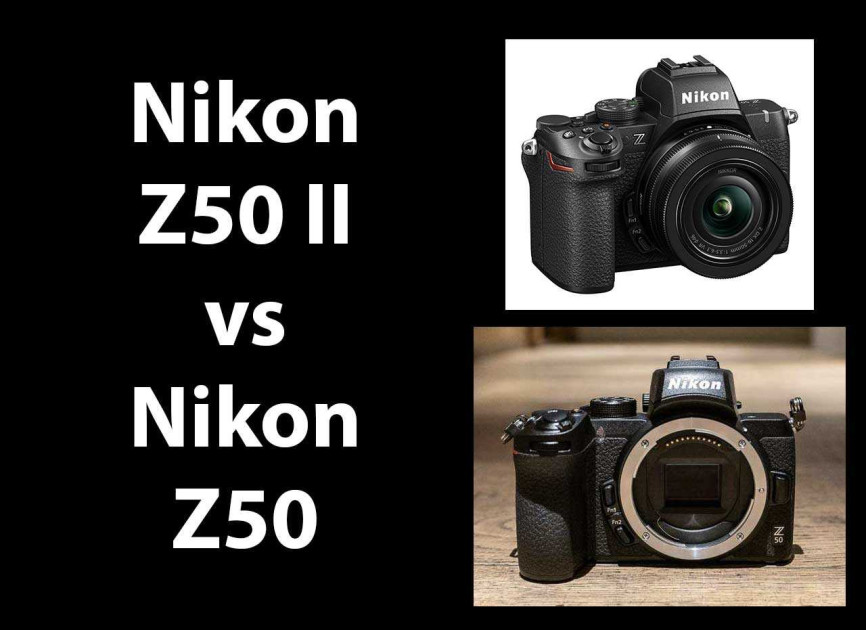
Although at first glance they look very similar, there are actually a lot of differences between the Nikon Z50 II and the Nikon Z50 in terms of their key specifications and features.
So we’re bringing you this in-depth Nikon Z50 II vs Nikon Z50 head-to-head comparison to help you choose between these two entry-level mirrorless cameras.
You can also read our detailed Nikon Z50 review to find out exactly what we think of that particular camera.
Sensor
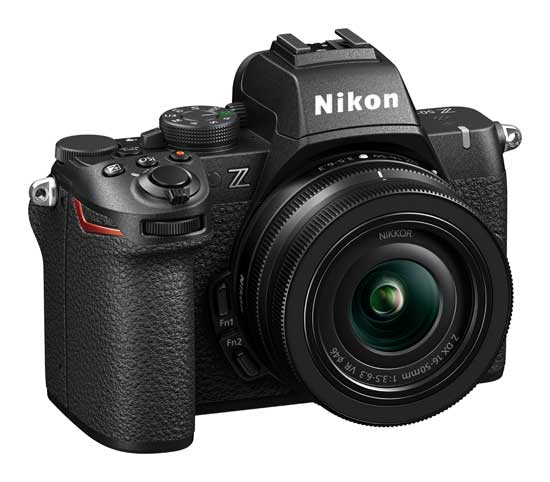
These two cameras offer exactly the same number of megapixels because they both use exactly the same sensor
The image sensor used in the Z50 II and Z50 is a 20.9 megapixel APS-C CMOS sensor.
Processor
The older Z50 uses the previous generation EXPEED 6 processor, whereas the newer Z50 II uses the latest EXPEED 7 processor.
This gives the 2024 camera a lot of advantages in terms of AF performance and capture modes which we’ll outline below.
ISO Speed
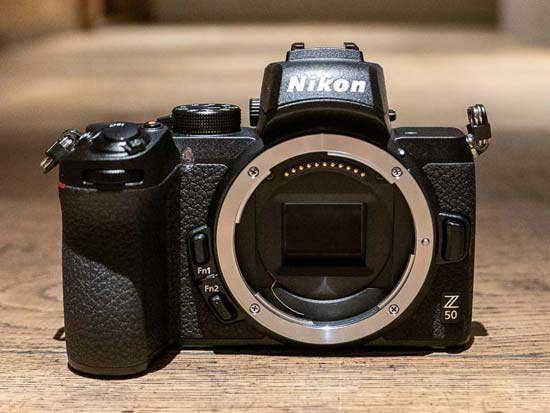
The native sensitivity range of both cameras for still photos is ISO 100 to 51,200, which can be expanded to 204,800. For video the ISO range is 100-25600.
The EXPEED 7 processor in the Z50 II means that it now produces less noise at higher ISOs for cleaner images, despite using the same image sensor as the original Z50.
Video

The Z50 II offers a better video mode than the Z50 and is definitely the one to buy if you’re predominantly a videographer.
The original model offered 4K/30p and Full HD/120p recording modes.
The new Z50 II offers 4K/60p, albeit with a 1.5x crop, 4K/30p oversampled from 5.6k with no crop, and Full HD/120p.
It also provides 10-bit N-Log for the first time ever on a DX camera, along with the ability to use RED Luts.
There is a red video record light on the front of the Z50 II and a red framing border is displayed on the LCD screen when recording.
The Z50 II has a 2x Hi-res zoom for full HD video with 11 zoom speeds. There is no loss in resolution, unlike a digital zoom, because the camera records in 4K first then converts to 1080p.
Sound is also improved on the Z50 II, thanks to its built-in stereo mic and the option to attach an external mic. It also offers an onboard wind-noise reduction function and a headphone socket.
The Z50 II has a special Product Review mode which smoothly shifts focus to items being showcased in the foreground of the video. This is a completely separate setting, not in the AF settings, and you can adjust the AF area/whole frame and the AF speed.
It is also is the first Z camera to include a video self-timer that allows a delay before recording starts.
Both cameras offer Nikon’s electronic Vibration Reduction to help keep your footage nice and steady.
Autofocus
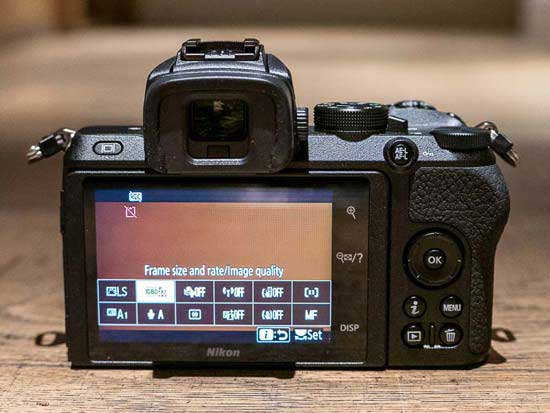
The Z50 has a hybrid phase detection and and contrast detection autofocus system with 209 AF points.
The Z50 II uses the latest Expeed 7 processor from from the flagship Z9 and Z8 cameras, so it provides exactly the same subject detection options and behaviour.
It provides reliable recognition of 9 subject types (people, dogs, cats, birds, airplanes, cars, motorcycles, bicycles, and trains), with an Auto mode, 3D tracking, and custom AF areas all available.
The Pre-Release Capture mode records images buffered up to one second before the shutter-release button is fully pressed when shooting in High-Speed Frame Capture+ (C30) release mode.
The Z50 II has an improved AF-A mode for stills, with the camera seamlessly switching to AF-C mode when detecting even the subtlest movements.
Burst Shooting
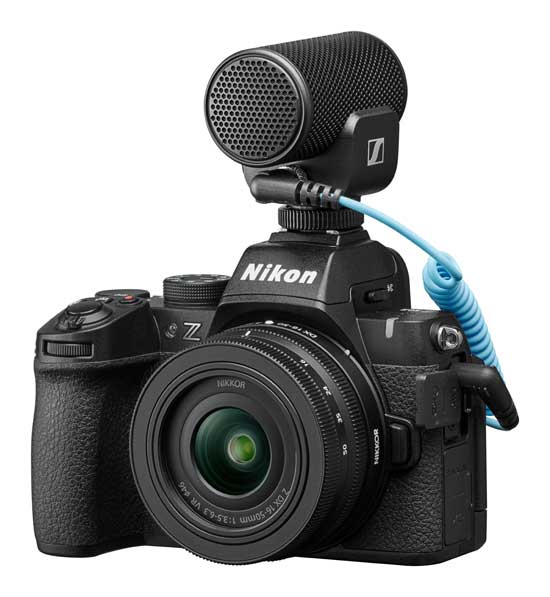
Both cameras can can shoot at a respectable 11fps with full-time autofocus and auto-exposure using the electronic shutter and a more pedestrian 5fps using the mechanical shutter.
Body and Design
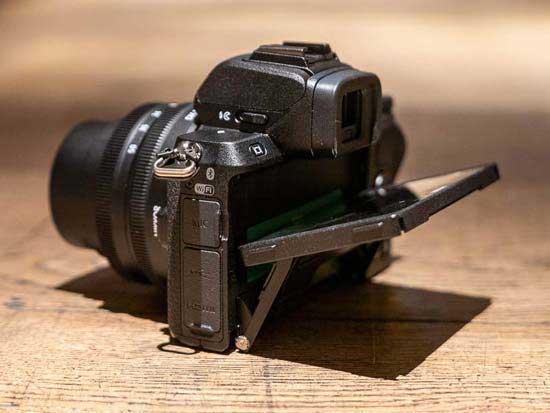
The design of the body and controls is similar, but not identical, between the Z50 II and the Z50.
The external controls are in much the same places on both cameras, except for the Info and Magnify buttons on the rear which are now positioned as on higher-end models.
One of the main differences is the new dedicated Picture Control button on the top-panel of the Z50 II. The effects are visible in real time, and it’s easy to cycle through the different presets while shooting.
Nikon Imaging Cloud support on the Z50 II allows you to add custom Picture Controls, just like on the like Z6 III (no other cameras yet support Nikon Cloud).
The newer version has the same weather-sealing as the original one and both models have a built-in pop-up flash. The Z50 II has a new, larger grip.
Viewfinder
Both cameras have a 2,360k-dot electronic viewfinder, but the new 1000 cd/m2 electronic viewfinder on the Z50 II is roughly twice as bright as the EVF built into the Z50.
The bright EVF provides a clearer view of the details even when shooting in harsh sunlight, dark environments, or changing light conditions.
The Z50 II also has a slimmer EVF that doesn’t protrude as much as on the Z50. It has a non-removable EVF cover that requires tools to remove.
LCD Screen
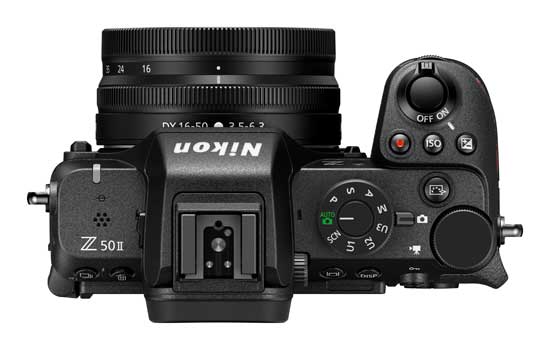
The Z50 II has a larger 3.2 inch vari-angle vari-angle LCD screen (3 inch on the Z50) which is the same as the Z6 III display.
The Z50 has a 180-degree flip screen that’s more suited to stills photography.
IBIS
Neither the Z50 II or Z50 feature in-body image stabilisation (IBIS), instead relying on the attached lens to supply it.
You can use the electronic vibration control feature on both cameras to help stabilise your video footage, but it does add a 1.3x crop.
The Z50 II offers better electronic VR compared to the Z50, especially when using fast shutter speeds.
Webcam and Streaming
One cable is all it takes for vloggers and video streamers to connect the Z50 II directly to a smart device and go live on the video platform of their choice.
You can now also use it as a webcam without having to install the Webcam utility app.
Memory Cards
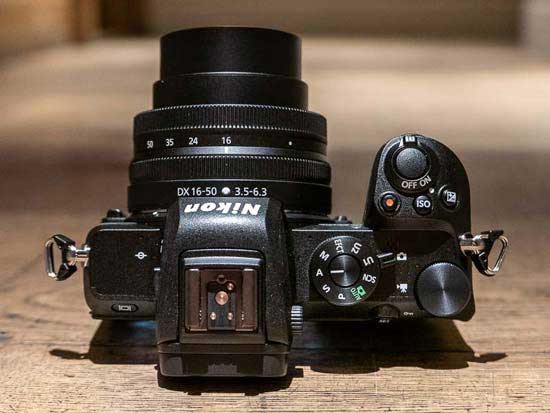
There is a single SD/SDHC/SDXC memory card slot on both cameras, which only supports the UHS-I standard, not the newer UHS-II cards which offer faster read and write speeds.
Battery Life

The Nikon Z50 II uses a slightly newer battery, the EN-EL25a, to the Z50, which uses a EN-EL25 battery.
The Z50II has a CIPA-rated battery life of 250 shots on a single charge, with real-life usage yielding longer life. The Z50 had a longer battery life of 300 shots.
EN-EL25 batteries can still be used on the Z50 II. Note, however, that fewer pictures can be taken on a single charge than with the EN-EL25a.
Also, both camera can be powered and charged via a USB-C connection, which is useful if you’re out and about and have a compatible power-bank to plug the camera into.
Price

The Nikon Z50 was priced at £849 / $849 body only when it initially launched three years ago, a price that remarkably it still commands today.
Commendably the new Z50 II costs exactly the same at launch – £849 body, £999 with the 16-50mm kit lens, or £1199 with the 16-50mm and 50-250mm twin kit lenses.
Conclusion
The Z50 II is more obviously targeted at vloggers and videographers, with almost all of the key differences between the two models aimed at making life easier for people stepping up from a smartphone.
They are very similar in terms of their photography prowess, despite the 5 year gap between them, so the Z50 is still worth considering if you’re more of a hybrid shooter than an out-and-out movie maker.
So what do you think? Would you choose the original Nikon Z50 or the new Z50 II, and why? Leave a comment below!
Your Comments
Credit : Source Post



